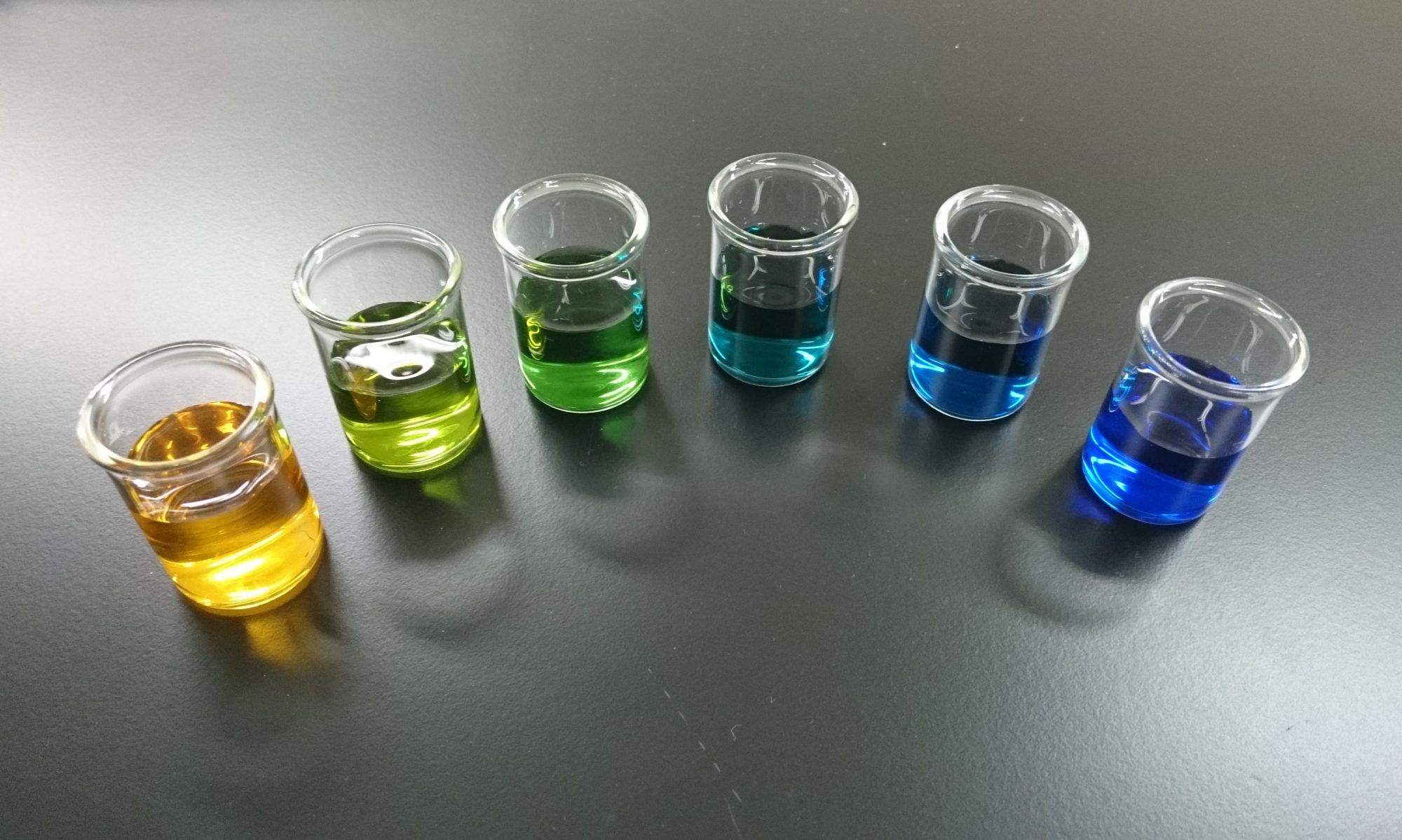問題5.3.3
領域$D$の面積はグリーンの定理より、次のように表せることを示せ。$$S(D)=\int_{\partial D}xdy=-\int_{\partial D}ydx=\dfrac{1}{2}\int_{\partial D}(xdy-ydx)$$また、これを用いて、次の図形の面積を求めよ。
(1)アステロイド $x=a\cos^3 \theta$、$y=a\sin^3 \theta$($a>0$)の囲む図形
(2)カーディオイド $r=a(1+\cos \theta)$($a>0$)の囲む図形
(3)曲線 $x=\cos t$、$y=\sin^5 t$($0 \leqq t \leqq 2\pi$)で囲まれる図形
《ポイント》
グリーンの定理とは以下のようなものでした。
《グリーンの定理》
$P(x,y)$、$Q(x,y)$が有界閉領域$D$で$C^1$級関数のとき$$\int_{\partial D}P(x,y)dx+Q(x,y)dy=\iint_{D}\left(\dfrac{\partial Q(x,y)}{\partial x}-\dfrac{\partial P(x,y)}{\partial y}\right)dxdy$$が成り立つ。
これに対して $P(x,y)=0$、$Q(x,y)=x$ とすると、グリーンの定理により$$\begin{align} \int_{\partial D}xdy &= \iint_{D}\left(\dfrac{\partial x}{\partial x}-0\right)dxdy \\ &=\iint_{D}dxdy \\ &=S(D) \end{align}$$となります。また、$P(x,y)=-y$、$Q(x,y)=0$ とすると、グリーンの定理により$$\begin{align} -\int_{\partial D}ydy &= \iint_{D}\left(0-\dfrac{\partial(-y)}{\partial y}\right)dxdy \\ &=\iint_{D}dxdy \\ &=S(D) \end{align}$$となるので、2式の平均をとれば$$S(D)=\dfrac{1}{2}\int_{\partial D}(xdy-ydx)$$を得ます。
実際の計算ではこれら3つの式のうち、計算が簡単になるものを選んで計算します。また、三角関数でパラメータ付けられている曲線の積分ではウォリスの公式が威力を発揮します。是非ともマスターしておきたいものですね。
《解答例》
(1)アステロイド $x=a\cos^3 t$、$y=a\sin^3 t$($a>0$)の囲む図形
経路のパラメータを$\theta$とすると $\theta:0\to 2\pi$ であり、$dy=3a\sin^2 \theta\cos \theta\ d\theta$ となる。よってグリーンの定理より、$$\begin{align}&\ \ \ \ \ S(D) \\ &=\int_{\partial D}xdy \\ &=\int^{2\pi}_{0} a\cos^3 \theta \cdot 3a\sin^2 \theta\cos \theta\ d\theta \\ &=3a^2\int^{2\pi}_{0} \cos^4 \theta \sin^2 \theta\ d\theta \\ &=3a^2\int^{2\pi}_{0} \cos^4 \theta (1-\cos^2 \theta) d\theta \\ &=3a^2\int^{2\pi}_{0} (\cos^4 \theta -\cos^6 \theta) d\theta \\ &=12a^2\int^{\frac{\pi}{2}}_{0} (\cos^4 \theta -\cos^6 \theta) d\theta \\ &=12a^2\left(\dfrac{3 \cdot 1}{4 \cdot 2}\cdot\dfrac{\pi}{2}-\dfrac{5 \cdot 3 \cdot 1}{6 \cdot 4 \cdot 2}\cdot\dfrac{\pi}{2}\right) \\ &=\dfrac{3\pi a^2}{8} \ \ \cdots \cdots \ \text{(答)} \end{align}$$となる。
(2)カーディオイド $r=a(1+\cos \theta)$($a>0$)の囲む図形
経路のパラメータを$\theta$とすると $\theta:0\to 2\pi$ であり、$$x=r\cos \theta=a(1+\cos \theta)\cos \theta$$ $$y=r\sin \theta=a(1+\cos \theta)\sin \theta$$より、$dy=a(\cos \theta-\sin^2 \theta+\cos^2 \theta)d\theta$ となる。よってグリーンの定理より、$$\begin{align}&\ \ \ \ \ S(D) \\ &=\int_{\partial D}xdy \\ &=\int^{2\pi}_{0} a(1+\cos \theta)\cos \theta \cdot a(\cos \theta-\sin^2 \theta+\cos^2 \theta)d\theta \\
&=a^2\int^{2\pi}_{0} (\cos^4 \theta +2\cos^3 \theta+\cos^2 \theta \\ &\ \ \ \ \ \ \ \ \ \ \ \ \ \ \ \ \ \ \ \ \ \ \ \ -\cos^2 \theta\sin^2 \theta-\cos \theta\sin^2 \theta)d\theta \\
&=a^2\int^{2\pi}_{0} (\cos^4 \theta +2\cos \theta(1-\sin^2 \theta)+\cos^2 \theta \\ &\ \ \ \ \ \ \ \ \ \ \ \ \ \ \ \ \ \ \ \ \ \ \ \ -\cos^2 \theta(1-\cos^2 \theta)-\cos \theta\sin^2 \theta)d\theta\\ &=a^2\int^{2\pi}_{0} (2\cos^4 \theta +2\cos \theta -3\cos \theta \sin^2 \theta)d\theta \\ &=8a^2\int^{\frac{\pi}{2}}_{0}\cos^4 \theta \ d\theta+a^2\int^{2\pi}_{0} (2\cos \theta -3\cos \theta \sin^2 \theta) d\theta
\\ &=8a^2 \cdot \dfrac{3 \cdot 1}{4 \cdot 2}\cdot\dfrac{\pi}{2}+a^2\left[2\sin \theta – \sin^3 \theta \right]^{2\pi}_{0} \\ &=\dfrac{3\pi a^2}{2} \ \ \cdots \cdots \text{(答)} \end{align}$$となる。
(3)曲線 $x=\cos t$、$y=\sin^5 t$($0 \leqq t \leqq 2\pi$)で囲まれる図形
経路のパラメータを$t$とすると $t:0\to 2\pi$ であり、$dx=-\sin t \ dt$ となる。よってグリーンの定理より、$$\begin{align}&\ \ \ \ \ S(D) \\ &=-\int_{\partial D}ydx \\ &=-\int^{2\pi}_{0} \sin^5 t (-\sin t)\ dt \\ &=\int^{2\pi}_{0} \sin^6 t\ dt \\ &=4\int^{\frac{\pi}{2}}_{0} \sin^6 t\ dt \\ &=4 \cdot \dfrac{5 \cdot 3 \cdot 1}{6 \cdot 4 \cdot 2}\cdot\dfrac{\pi}{2} \\ &=\dfrac{5\pi}{8} \ \ \cdots \cdots \ \text{(答)} \end{align}$$となる。
※$\displaystyle \int_{\partial D} xdy$から計算することもできますが、その後の計算が煩雑化するので$\displaystyle -\int_{\partial D} ydx$の方を用いています。
復習例題は設定していません。
